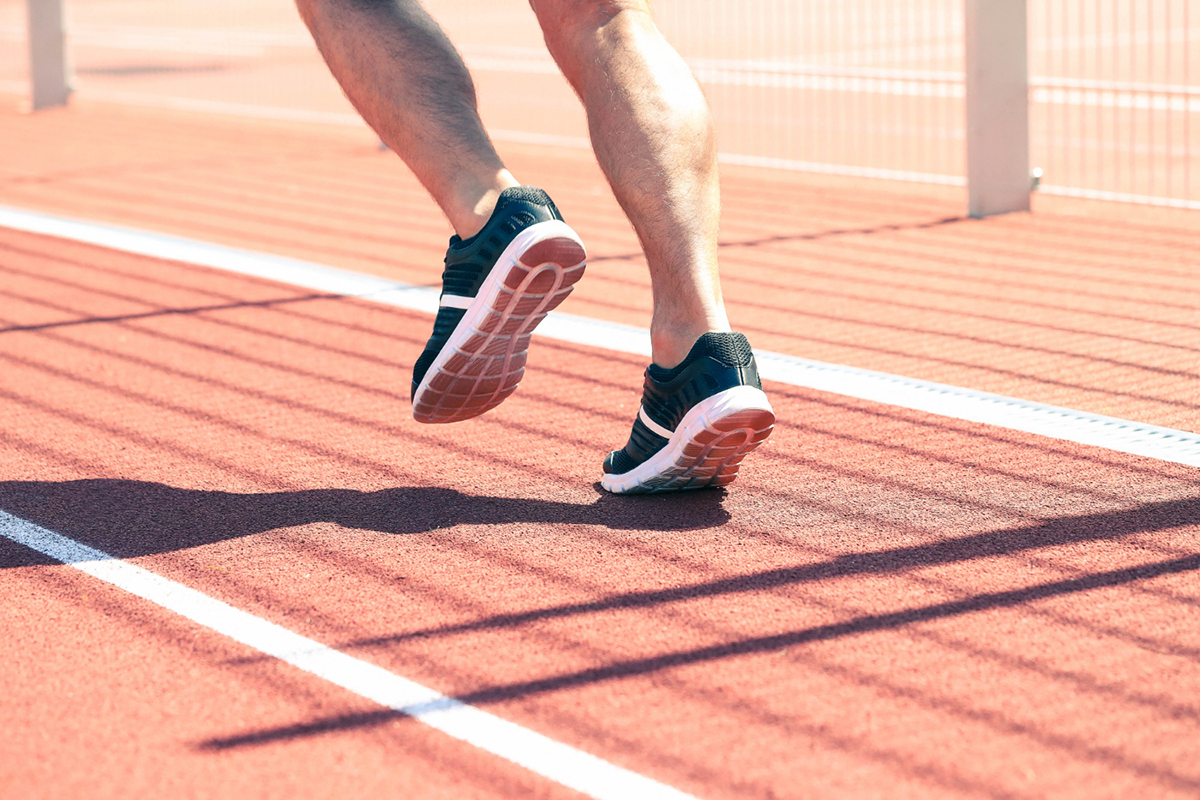The Most Common Running Injuries and How to Prevent Them

Running is an excellent activity, and it provides several health benefits. However, just like other sports, running carries a risk of injury. Running injuries can be frustrating, and they can leave you out of your running routine. Fortunately, most running injuries are preventable. By knowing the common injuries and how to prevent them, you can ensure that you keep your running form and maintain your fitness goals. In this blog post, we will discuss the most common running injuries and how you can prevent them.
1. Runner's Knee
Runner's knee is one of the most common running injuries, and it occurs when the kneecap is out of alignment or when the cartilage on the patella deteriorates. The symptoms of runner's knee include pain around the kneecap or behind it, and it is often aggravated by running, squatting, or climbing stairs. To prevent runner's knee, you should wear proper running shoes that provide support and cushioning, and you should be mindful of your running form. If you experience knee pain, reduce your running frequency and intensity and consult a physiotherapist.
2. Plantar Fasciitis
Plantar fasciitis is an injury that affects the plantar fascia, a thick band of tissue that connects the heel bone to the toes. The symptoms of plantar fasciitis include heel pain that is often worse in the morning and after prolonged periods of standing or walking. To prevent plantar fasciitis, you should wear proper running shoes that provide arch support, stretch before and after running, and avoid running on hard surfaces.
3. Shin Splints
Shin splints are a common injury that affects the shinbone and the connective tissue that attaches muscles to the bone. The symptoms of shin splints include pain and tenderness along the shinbone, which is often worse during or after running. To prevent shin splints, you should gradually increase your running frequency and intensity, wear proper running shoes that provide shock absorption, and stretch before and after running.
4. Achilles Tendinitis
Achilles tendonitis is an injury that affects the Achilles tendon, which connects the calf muscles to the heel bone. The symptoms of Achilles tendonitis include pain and stiffness along the back of the heel, which is often worse in the morning and after prolonged periods of inactivity. To prevent Achilles tendonitis, you should wear proper running shoes that provide support and cushioning, stretch before and after running, and avoid increasing your running frequency or intensity too quickly.
5. IT Band Syndrome
IT band syndrome is an injury that affects the IT (iliotibial) band, which is a thick band of tissue that runs along the outside of the thigh, from the hip to the knee. The symptoms of IT band syndrome include pain on the outside of the knee, which is often worse during or after running. To prevent IT band syndrome, you should wear proper running shoes that provide support and cushioning, gradually increase your running frequency and intensity, and stretch before and after running.
Conclusion
Running injuries can be frustrating, but by taking the necessary precautions, you can prevent most of them. By wearing proper running shoes, stretching, and being mindful of your running form, you can minimize your risk of injury. However, if you do experience an injury, it's essential to seek the help of a physiotherapist, especially if the pain persists. At B Physical Therapy, we provide effective treatments for running injuries, and we can help you get back on your feet in no time. If you're looking for Physiotherapy in Winter Springs, FL, contact us today to schedule an appointment, and let's work together towards your fitness goals.